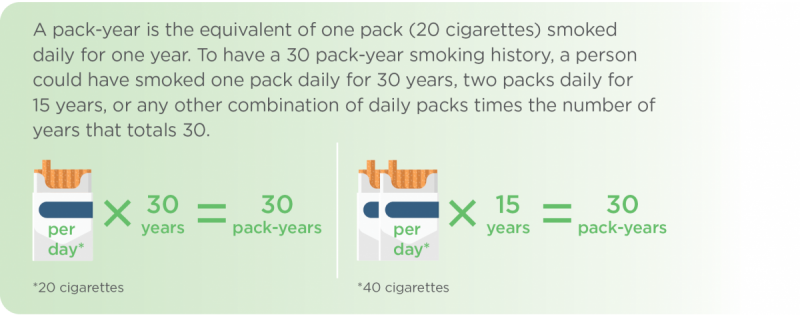For World Cancer Day this year, the Union for International Cancer Control presents the #CloseTheCareGap initiative. February 4, 2023 will be a day focused on promoting equity in the cancer space. The goal is to create best-case outcomes for all people diagnosed with cancer, regardless of race, gender, location, finances, sexual orientation, age, disability, and lifestyle. For World Cancer Day 2023, LUNGevity is sharing how we, and you, can work to #CloseTheCareGap within lung cancer screenings.
The role lung cancer screenings and early detection play in survival is immense. The average 5-year survival rate for lung cancer diagnosed while still localized (Stage I) is 61%. However, when it has spread to other organs of the body (such as the brain or liver) and is classified as distant, the 5-year survival rate drops to 7%. This is why we push for yearly lung cancer screenings for everyone eligible.
The eligibility guidelines for yearly lung cancer screenings, the cost of which is covered by insurance (not all Medicaid programs cover screening), include adults who:
- Are aged 50-80 years old, and
- Have a 20 pack-year smoking history, and
- Currently smoke or have quit within the past 15 years, and
- Have no symptoms of lung cancer (asymptomatic)

These eligibility guidelines recently changed, by lowering the age range and reducing pack years smoked, to address the differences between Black and White Americans as Black smokers have a higher risk of developing lung cancer with fewer pack years of smoking.
While an important step, there are still barriers and gaps to be addressed. Black adults are 18% less likely to be diagnosed with lung cancer before it spreads, are less likely to qualify for screening, and are disproportionately less likely to be screened for lung cancer compared with non-Black adults.
How Can We Increase Lung Cancer Screenings?
Some of the common barriers to lung cancer screenings include lack of knowledge of the eligibility criteria, stigma of lung cancer as a “smoker’s disease,” fear of being diagnosed with cancer, and even transportation to a clinic once a screening has been scheduled.
How can you help?
- Educate friends and family who are eligible for a yearly lung cancer screening. You can share this blog and the lung cancer screening quiz that lets people know if they’re eligible.
- Reduce the stigma of lung cancer by normalizing lung cancer screenings. When men turn 50 years old, they start getting prostate exams. When women turn 50, they start getting mammograms. If someone meets the guidelines for a lung cancer screening, they should start getting a yearly preventative scan.
Make sure to follow LUNGevity on Facebook, Instagram, LinkedIn, and Twitter to keep up with our programs and activities to reduce disparities in lung cancer.
Related Links:

